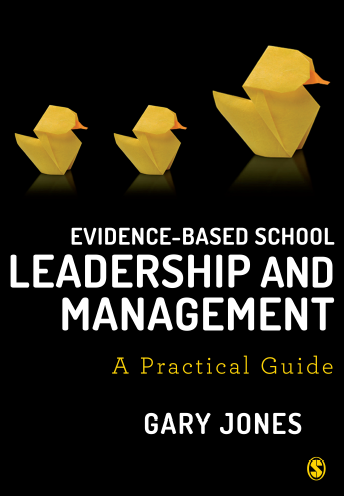There is currently much interest in the use
of journal clubs within schools. For
example, both the Blackpool (St Mary’s Catholic Academy) and Durrington
Research Schools are currently promoting the use of journal clubs in their
schools. In addition, we have the
Chartered College of Teaching operating a ‘virtual journal club’ through its
monthly book club. However, it should
be noted that this is nothing new as Beth Giddins has been promoting the use of
journal clubs since 2015 (https://www.edujournalclub.com/journal-clubs/) Nevertheless, there is very little research
available on the effective use of journal clubs within schools, with (Sims, Moss, & Marshall, 2017) being a notable exception. With
that in mind, this post, will be the first in a series of blogposts which looks
at the of journal clubs.
In doing so, I will be drawing upon a number of systematic reviews in
medicine and health settings which look at how effective are journal clubs in
supporting both continuous professional development and evidence-based
decision-making (Harris et al., 2011) and (Deenadayalan, Grimmer-Somers, Prior, & Kumar,
2008). However, the first post in the series will briefly examine a possible logic model/framework for use with teacher journal clubs.
Logic models
Put simply, a logic model graphically illustrates the components of an intervention in terms of inputs, output and outcomes. Figure 1 illustrates how the various elements of a very simple logic model come together. The inputs represent the resources that are put into the programme or intervention, money, time and skills. The outputs, represent what is done, the activities associated with the programme and who the programme reaches. Finally, the outcomes are the changes and benefits (and possibly, costs) which accrue in the short, medium and long-term, for examples change in teacher knowledge and skills, application in the classroom and improvements in pupil learning.
The benefits of using a logic model
The benefits of developing a logic model can be found in more detail at Community Toolbox but for the purposes of our discussion the benefits of logic models.
- Logic models integrate planning, implementation, and evaluation. In other words, developing a logic model will give you a greater understanding of what needs to be done to make the innovation work, and at the same time gives you a framework for evaluation
- Logic models help you make good matches between activities and effects. By developing a logic model for a journal club it can held you spot those intended activities with no supporting activities and resources, and then make the suitable adjustments.
- Logic models can help in the collaborative planning process. The development a logic model is an iterative process and by working together this can help build a shared understanding of what needs to be done to make an intervention work. It is also helpful when you are looking to disseminate an intervention within or between schools.
- Logic model can help keep a focus on accountability and outcomes. In schools where resources are increasingly scare a logic model can keep a focus on the outcomes of an intervention and whether the planned for outcomes are actually happening. Hopefully, this will allow further r resources to be allocated when the journal club proves a success.
However, as noted at Community Toolbox - logic models can have a number of weaknesses.
- A logic model needs to be 'logical'. If it is not, this will no doubt cause problems for colleagues seeking to implement the innovation
- A logic model cannot capture all the variables and elements at work when trying to make an intervention work - so the logic model may move from being 'simple' to being 'simplistic'
- A logic model can be both difficult and time consuming to create. So there needs to be a clear trade-off between the time and effort put into creating the logic model and the subsequent benefits
Next week I'll look at some of the evidence about what needs to be done to make sure your journal club is a success.


